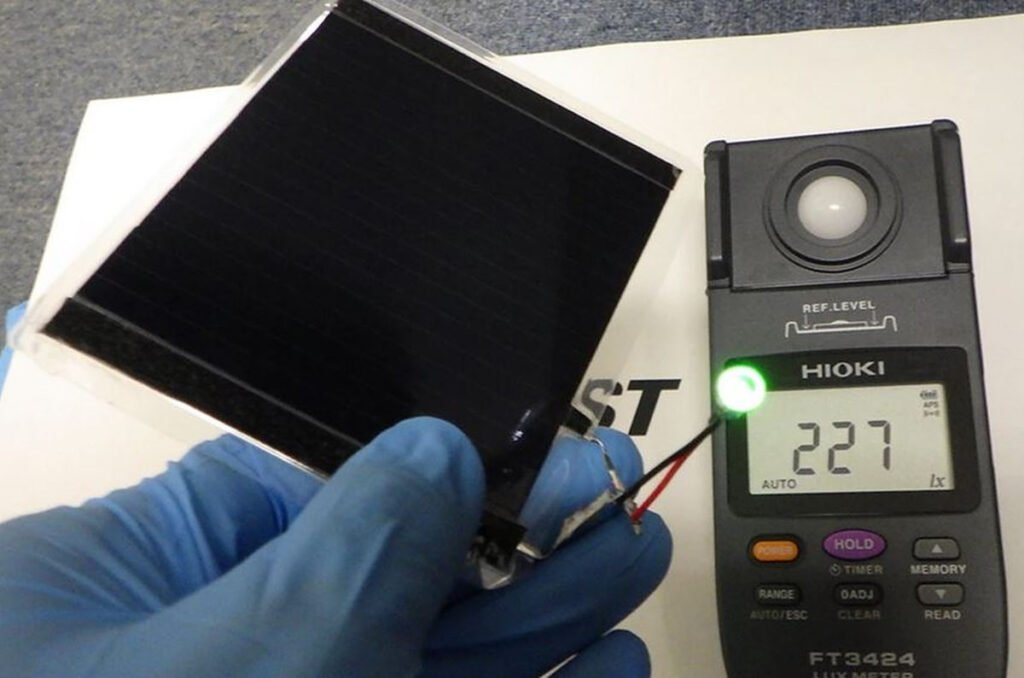Japanese scientists have described the steps that need to be taken to improve the average efficiency of CIGS solar modules, from around 18.5% at present to more than 20%. They present all the critical technical factors that currently prevent the technology from wider market adoption.
Scientists from the National Institute of Advanced Industrial Science and Technology in Japan are investigating the prospects for lightweight, flexible PV devices based on copper, indium, gallium and selenium (CIGS) thin-film technology.
Their findings describe “Lightweight and flexible Cu(In,Ga)Se2 solar minimodules: to 20% photovoltaic efficiency and beyond,” which was recently published in Flexible Electronics. They say their work is largely limited to panels that can be used on roofs where severe weight restrictions apply. However, they are also used on roofs with curved surfaces and surfaces where conventional crystalline silicon (c-Si) panels cannot be used.
“Among thin-film photovoltaic technologies, CIGS-based solar cells are an attractive option due to their advantages of relatively high energy conversion efficiency, long-term stability, relatively short energy payback time, and low carbon footprint of the products,” the scientists said. .
It is important to improve the control of alkali metal doping in the CIGS film, to help the CIGS solar module technology achieve an efficiency of more than 20% at the module level. They said it depends on the alkali metal type and the doping methods and processes.
“In addition to alkali-metal doping, silver (Ag)- and sulfur (S)-alloying for changing and controlling the energy band structure of CIGS devices, improving bulk crystal quality, and changing -or the inner and rear interface are current topics of interest in the CIGS community,” the scientists explained, noting that these methods will help increase the average efficiency of CIGS flexible panels from around 18.5 % currently to more than 20%.
Scientists say that suppressing carrier recombination at the interface and in bulk in a CIGS cell is one of the factors that needs to be improved to get higher efficiency. They identified the scribed edges of CIGS photoabsorbers as one of the possible causes that lead to recombination issues.
“However, until now, there have been only a few discussions about the impact of mechanically written surfaces on photovoltaic performance,” they said. “Therefore, in this section, the effect of mechanical scribing (MS), which is used as a standard technique, on photovoltaic performance is comparatively studied with photolithographically formed edges.”
The review also examines the differences in CIGS performance with strong light and suggests the usefulness of CIGS photovoltaic devices under illumination conditions.
“For further development, the improvement of CIGS single-cell performance is important,” they concluded. “Methods based on material science and device physics, including surface and interface modification, and high-quality crystals by mixing Ag or S, or other elements as well as controlling doping in alkali metals, is expected to bring further progress in CIGS photovoltaics.”
This content is protected by copyright and may not be reused. If you want to cooperate with us and want to reuse some of our content, please contact: editors@pv-magazine.com.
